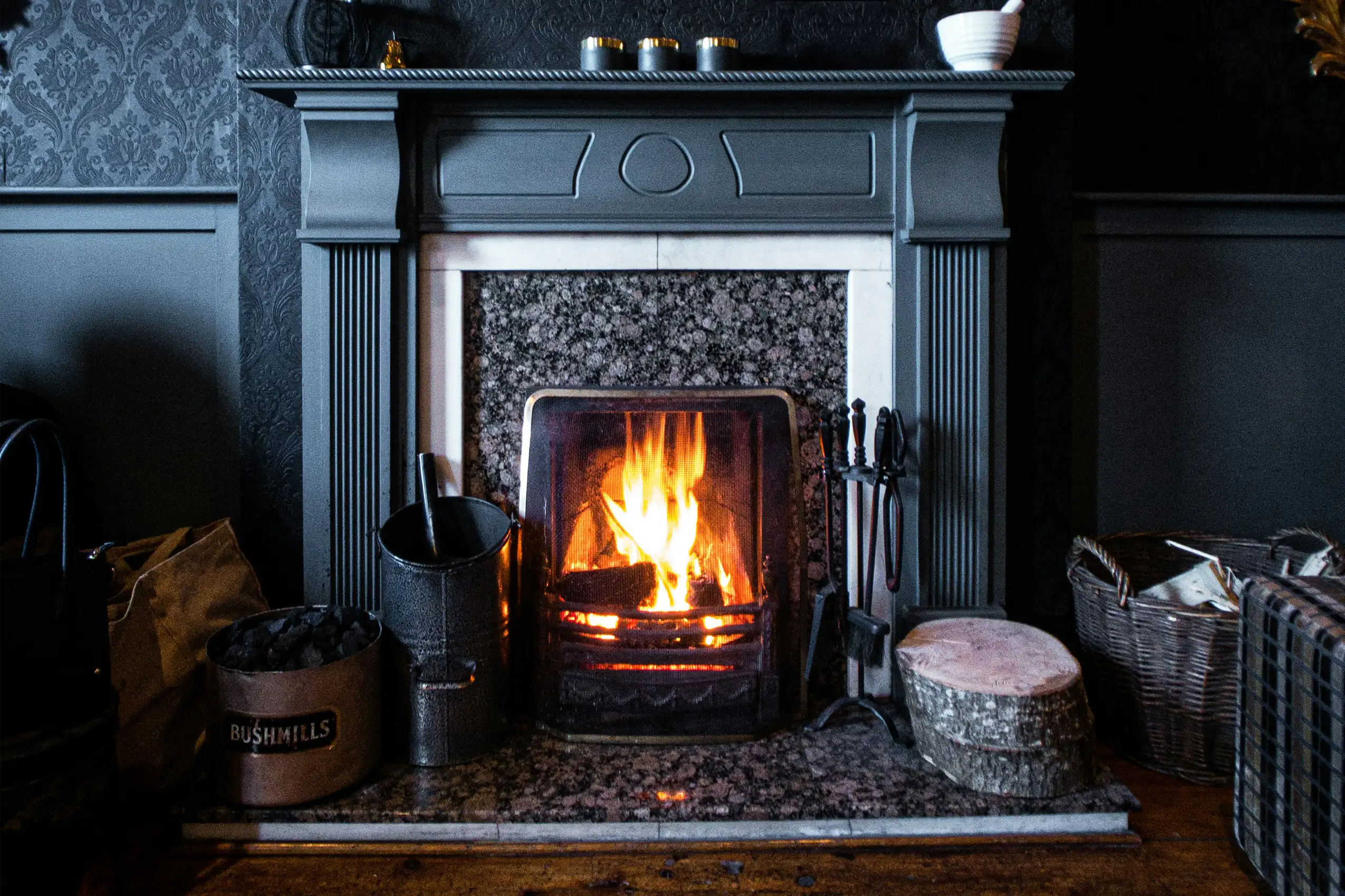How to Prepare Your Wood Burner for Winter: A Complete Guide
As the nights draw in and temperatures drop, there’s nothing quite like the warm glow of a wood burner to keep your home cosy. But before you light the first fire of the season, it’s essential to make sure your wood burner is safe, efficient, and ready for winter.
In this guide, we’ll take you step-by-step through how to prepare your wood burner for winter — from chimney sweeping to stocking up on the right firewood.
Why Preparing Your Wood Burner Matters
Getting your stove winter-ready is more than just a seasonal chore — it
can:
- Improve safety – Reduce the risk of chimney fires and carbon monoxide leaks.
- Save money – A well-maintained stove burns more efficiently, meaning fewer logs used.
- Extend the life of your stove – Regular care prevents damage and keeps your appliance working for years to come.
Step 1: Sweep and Inspect Your Chimney
The first step is always a chimney sweep. Soot, tar, and creosote build up over time and can be a major fire hazard if left unchecked.
- Book a professional sweep at least once a year.
- Check for any signs of damage, such as cracks in the flue or missing chimney caps.
- Consider installing a carbon monoxide detector near your stove.
To read more about this, click here.
Step 2: Deep Clean Your Wood Burner
Cleaning your stove ensures optimal airflow and performance.
- Remove old ash and debris from the firebox.
- Clean the stove glass with a stove-safe glass cleaner.
- Inspect firebricks, rope seals, and air vents for wear — replace if necessary.
Step 3: Choose the Right Firewood
The type and quality of wood you burn makes a huge difference.
- Use kiln-dried logs with a moisture content below 20% (preferably under 18%).
- Store logs in a dry, well-ventilated area.
- Softwood logs are ideal for fast, hot burns — great for quickly heating a room. Hardwood logs burn slower and are better for overnight use.
Step 4: Check Your Stove Accessories
Make sure your stove is fully kitted out before winter hits:
- Log store – Keep your wood organised and dry.
- Kindling and firelighters – Essential for getting the perfect start to a fire.
- Stove thermometer – Helps you choose the wood burn at the most efficient temperature if you have soft and hard to hand.
Step 5: Test Your First Fire Safely
Once everything is cleaned, inspected, and ready:
- Light a small fire and check for good airflow.
- Watch for smoke escaping into the room — this could indicate a ventilation issue.
- Ensure the flue is drawing properly before using your stove daily.
Bonus Tips for Wood Burner Efficiency
- Burn smaller loads of wood more often to keep the fire hot and efficient.
- Leave a thin layer of ash (around 1–2 cm) to insulate and protect the base.
- Avoid burning treated wood, painted timber, or household waste — these release toxic fumes and damage your flue.
FAQs: Wood Burner Winter Prep
Q: How often should I sweep my chimney?
A: Once a year for occasional use, but if you burn wood daily, sweep every 3–6 months.
Q: Can I use last year’s leftover logs?
A: Yes, as long as they have been stored properly and are still dry with a moisture content below 20%.
Q: Should I use hardwood or softwood logs?
A: Softwood logs are great for a quick, hot fire, while hardwood is best for longer, slower burns. Many homeowners keep both on hand for flexibility.
Q: How do I stop my stove glass from going black?
A: Use well-seasoned wood, keep the air vents open when lighting, and avoid running the stove at low temperatures for long periods.
Q: What is the ideal moisture content for logs?
A: Under 20%, but ideally closer to 15–18% for maximum efficiency.
Final Thoughts
Preparing your wood burner for winter ensures you’ll enjoy a safe, warm, and cost-effective heating season. Whether you’re stocking up on kiln-dried softwood logs, booking your annual chimney sweep, or replacing stove accessories, taking the time now will save you stress (and money) when the cold weather arrives.
Click here to explore our Softwood Logs and Kindling Boxes for free local delivery and get ready to light the first fire of the season.
